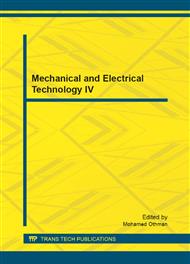p.607
p.613
p.617
p.621
p.625
p.630
p.634
p.638
p.644
An Improved Shear Stress Transport(SST) Model for High Speed Flows
Abstract:
An improved Shear Stress Transport(SST) model, which allows for the compressible corrections, is proposed in this study. Numerical scheme was established by taking advantage of the improved Total Variation Diminishing (TVD) scheme and by applying implicit scheme to the negative source terms of the turbulence model. Hypersonic flat-plate boundary-layer flows and hypersonic compression ramp flows marked with separation, reattachment and shock/boundary-layer interactions are then computed. The comparisons between the computational results, the experimental results and the semi-empirical formulations show that the compressible correction term of the SST turbulence model is the scalar product of the weighted density average of the turbulent fluctuating velocity and the pressure gradients of the average flow field correlation quantities. In addition, for flow with separation and without separation, calculation results of wall pressures, friction coefficients and wall heat transfer rate distributions using the improved model and established scheme agree better with the experimental results than that using the original SST model.
Info:
Periodical:
Pages:
625-629
Citation:
Online since:
November 2012
Authors:
Keywords:
Price:
Сopyright:
© 2012 Trans Tech Publications Ltd. All Rights Reserved
Share:
Citation:


